The Coffee Substitute Market is currently characterized by a dynamic competitive landscape, driven by increasing consumer demand for healthier alternatives to traditional coffee. This market is moderately fragmented, with several key players vying for market share through various strategic initiatives. Companies such as Teeccino (US), Café Altura (US), and Dandy Blend (US) are at the forefront, each adopting unique operational focuses. Teeccino (US) emphasizes innovation in product development, particularly in creating herbal coffee alternatives that appeal to health-conscious consumers. Meanwhile, Café Altura (US) has positioned itself as a leader in organic coffee substitutes, leveraging its commitment to sustainability and ethical sourcing. Dandy Blend (US) focuses on enhancing its distribution channels, ensuring that its products are readily available to a broader audience, thus shaping a competitive environment that prioritizes quality and accessibility.
In terms of business tactics, companies are increasingly localizing manufacturing and optimizing their supply chains to enhance efficiency and reduce costs. This approach not only allows for quicker response times to market demands but also aligns with the growing consumer preference for locally sourced products. The competitive structure of the Coffee Substitute Market reflects a blend of established brands and emerging players, with the collective influence of these key companies driving innovation and market growth.
In August 2025, Teeccino (US) launched a new line of adaptogenic herbal coffee substitutes, which incorporate ingredients known for their stress-relieving properties. This strategic move appears to be a response to the rising consumer interest in wellness products, suggesting that Teeccino is keen on capturing a segment of the market that prioritizes health benefits alongside flavor. The introduction of these products may enhance Teeccino's competitive edge by appealing to a demographic increasingly focused on holistic health.
In July 2025, Café Altura (US) announced a partnership with a leading organic farming cooperative to expand its sourcing capabilities. This collaboration is likely to bolster Café Altura's supply chain resilience while reinforcing its commitment to sustainability. By ensuring a steady supply of high-quality organic ingredients, the company positions itself favorably against competitors who may struggle with sourcing challenges, thereby enhancing its market presence.
In September 2025, Dandy Blend (US) implemented a digital marketing campaign aimed at increasing brand awareness among younger consumers. This initiative, which leverages social media platforms and influencer partnerships, indicates a strategic pivot towards digital transformation. By engaging with a younger demographic, Dandy Blend may effectively broaden its customer base and adapt to changing consumer behaviors, which increasingly favor online shopping and social media engagement.
As of October 2025, the Coffee Substitute Market is witnessing trends that emphasize digitalization, sustainability, and the integration of technology into product offerings. Strategic alliances among companies are becoming more prevalent, as they seek to enhance their competitive positioning through shared resources and expertise. Looking ahead, it appears that competitive differentiation will increasingly hinge on innovation and technology, rather than solely on price. Companies that can effectively leverage supply chain reliability and technological advancements are likely to thrive in this evolving landscape.


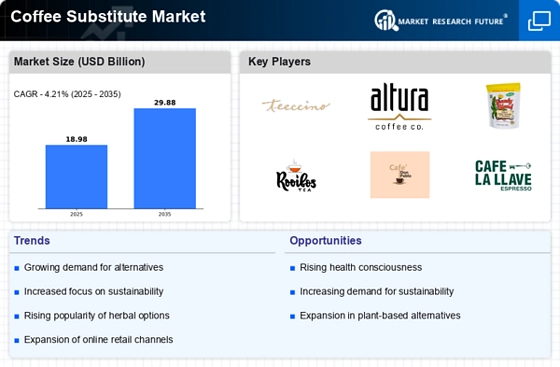
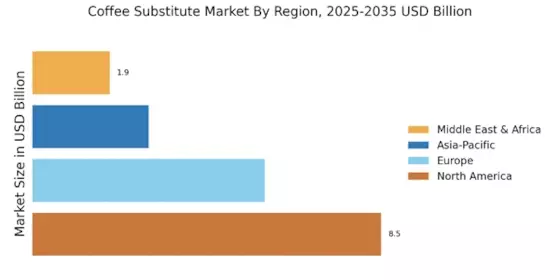


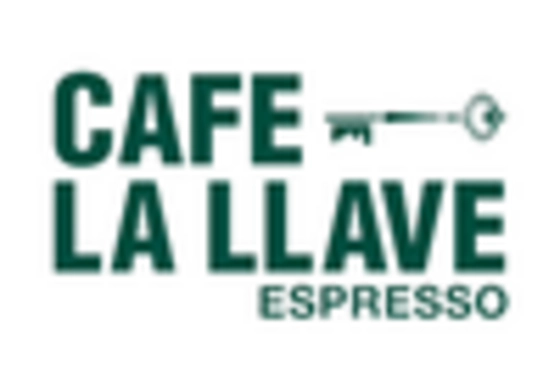
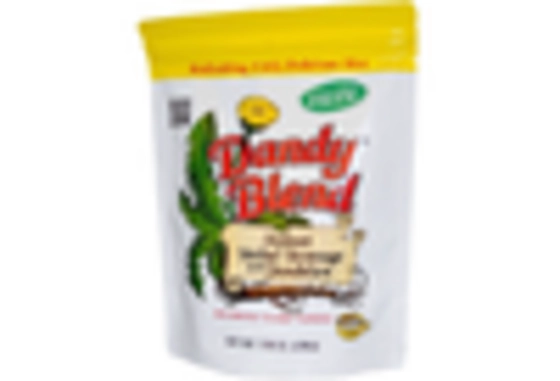
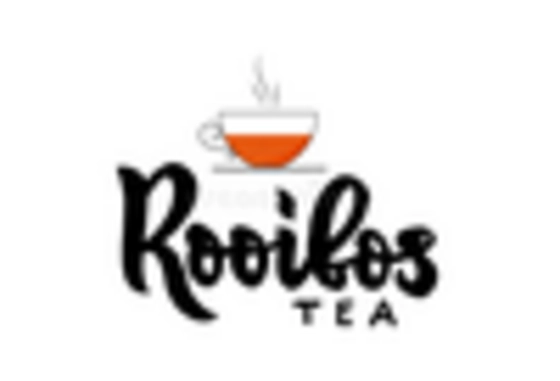
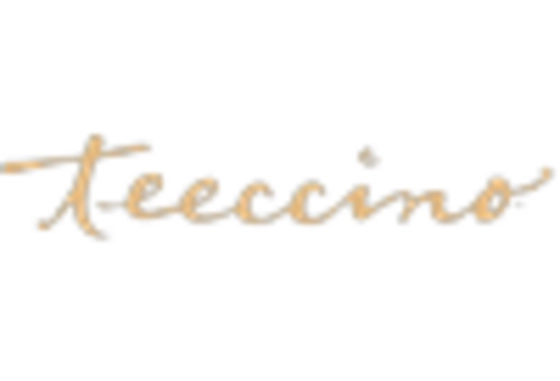








Leave a Comment